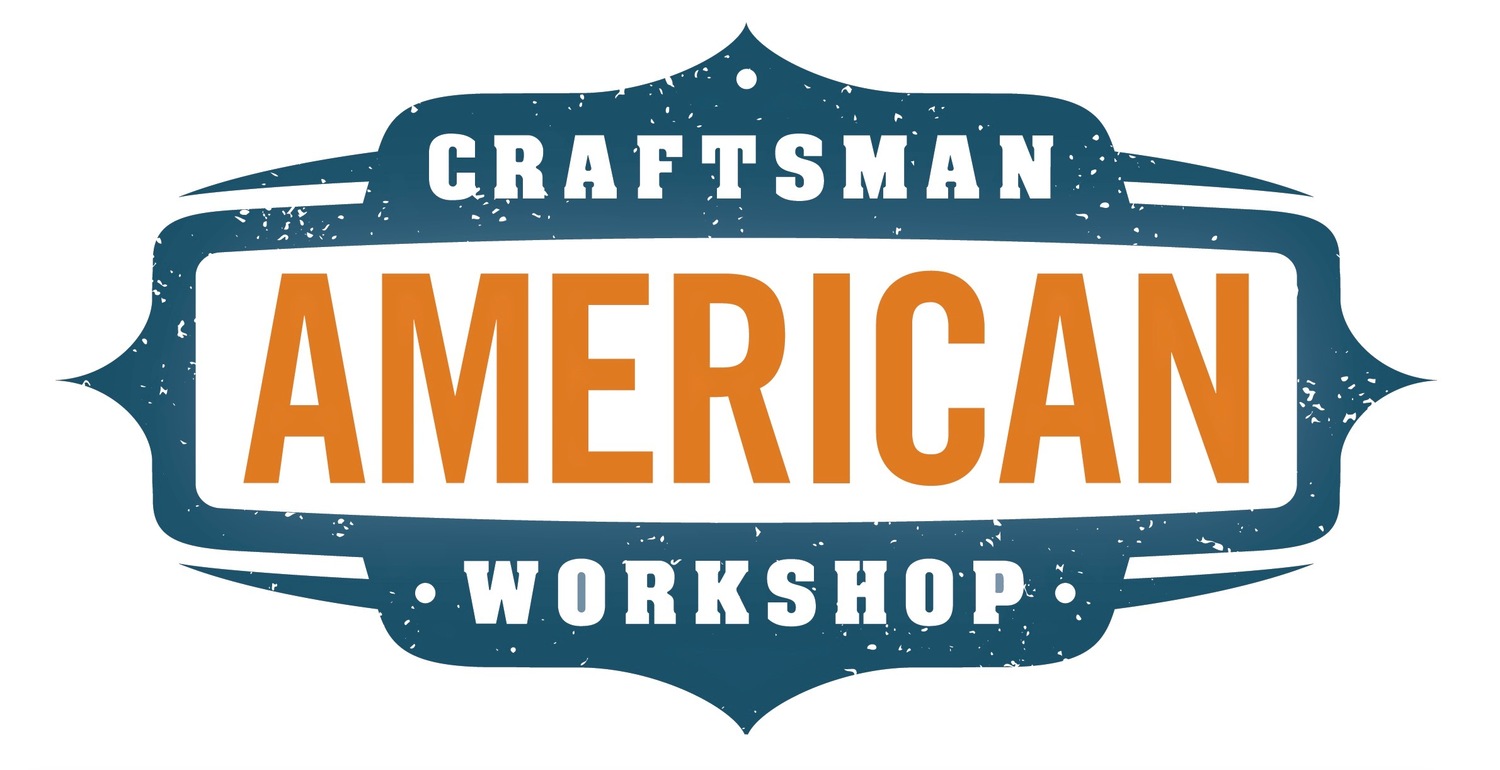A Great Write-up on Hand Tools vs. Power Tools
/The debate never seems to end on the topic of hand tools vs. power tools.
It seems that the debate is fueled by it a lot of people regurgitating something they read somewhere, just a lot of opinions with no sound experience behind them and a limited field of view.
The damage is done when new woodworkers join the online communities and they feel like they have to make a choice: Which ONE type of woodworker will I be? Hand tools or power tools?
This morning, I found a really nice blog post by John at Woodworking Web.
He has written a well balanced perspective steeped in wisdom and sound judgement.
I am not going to re-hash it here at my site, but you can read his post HERE.
I hope you enjoy it as much as I did.
Well done John, it is one of the best reads that I have had in a long time, printed or digital.
Your friend in the shop-
Todd A. Clippinger
Share the Love - Share the Knowledge



























